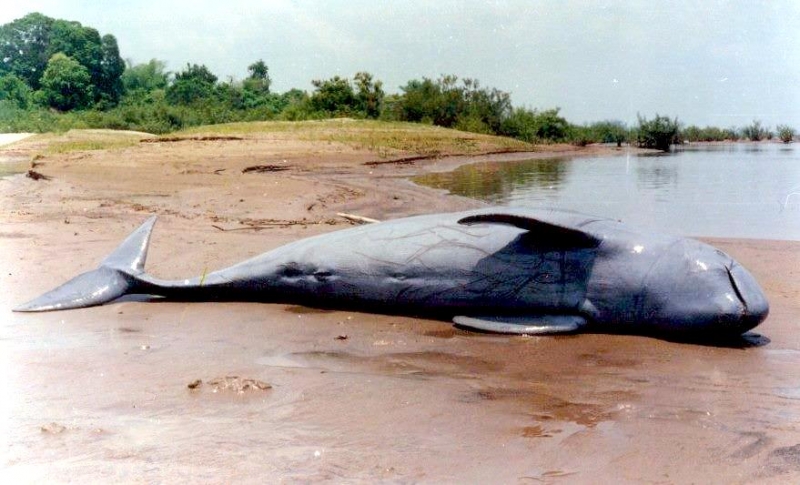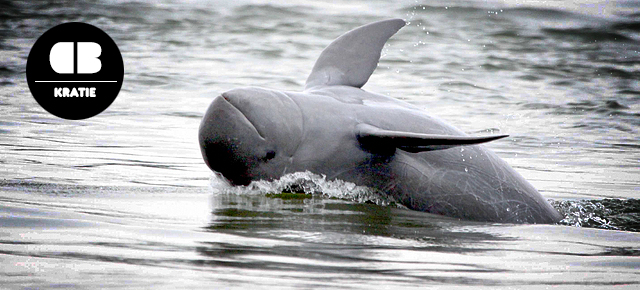
The most recent survey showed hopeful signs for the long-term survival of the dolphins. Seng Teak said several thousand meters of illegal fishing nets had been seized and many fishermen arrested. He said the biggest threat for the marine mammals is to get caught in gillnets, large traps which are held in place through the use of floats and weights. He told reporters in Phnom Penh that the dolphins still face threats from illegal fishing methods, increasing boat traffic and new dam projects. Seng Teak is the WWF director for Cambodia. Surveys are carried out every two to three years.Ī group holds a rally to raise awareness about Irrawaddy Dolphin, fresh water dolphin in Mekong River. “We will continue our conservation efforts to rebuild its population by eliminating all threats to the survival of the species,” he said.Īlthough the increase during the latest count is good news, the number reported in the Mekong is only half of the 200 found during the first population count in 1997. He described the dolphins as a “living national treasure.” He added that efforts to save the rare animals would continue. The dolphins are found in only two other freshwater rivers: the Irrawaddy River in Myanmar and the Mahakam River on the Indonesian part of Borneo Island.Įng Cheasan is the director-general of Cambodia’s Fisheries Administration. That is a 15 percent increase over an estimate of 80 made in 2015. Observers reported finding about 90 dolphins. The survey area stretches from Kratie in Cambodia to the Khone Falls in Laos. The Cambodian government and a major wildlife group reported the population increase earlier this week.Ĭambodia’s Fisheries Administration and the World Wildlife Fund (WWF) released results of a 2017 count of freshwater dolphins along a 190-kilometer part of the Mekong. They are considered critically endangered marine mammals in their native Southeast Asia. The dolphins, however, still face serious threats to their survival. It will be designed based on data analysis and habitat mapping.The number of Irrawaddy dolphins in one part of the Mekong River has increased for the first time tin 20 years.

Project scientists will work in collaboration with the Cambodian Fisheries Administration throughout, with mutual goals to design tailored Irrawaddy dolphin conservation legislation for the region. In parallel, 10 citizen science participants will collect daily data on cetacean sighting. To do so, a community outreach event will be held with each of the five communities of Kep.

Outreach activities will also be utilized to target community fishers and government officials in order to increase local Irrawaddy dolphin awareness. All stranding and bycatch reported to the project team will be responded to. A passive monitoring will be set up using C-PODs and a real time hydrophone to record and collect acoustic data. Behavioral observations will be done from land and boats in the study area using, among others, photo-identification techniques. It will use a combination of natural and social science techniques to collect robust scientific data on dolphin abundance, distribution, residency, critical habitats and threats.įirst of all, knowledge gaps on the dolphin population will be fulfilled. The aim of this project, implemented by Marine Conservation Cambodia, is that Kep’s Irrawaddy dolphin populations are actively protected, bringing about an increase in population and ecosystem health. Whilst the dolphin’s population of the region is unknown, aerial survey techniques employed as part of the project has confirmed a minimum population size of 32 individuals. This region is directly supporting five fishing communities, who traditionally rely on local fish stocks for their subsistence.

It is also designated as a Marine Fisheries Management Area (Cambodia’s equivalent of a Marine Protected Area).

The project is located in Kep Archipelago, a nursery area of high ecological importance. But, as the species evolve in shallow waters, it is exposed to human activities (pollution, prey depletion, coastal development, Illegal, Unreported and Unregulated fishing). As top predators, they play an essential role in maintaining balanced and healthy ecosystems. The Irrawaddy dolphin is classified as ‘Endangered’ according to the IUCN.


 0 kommentar(er)
0 kommentar(er)
